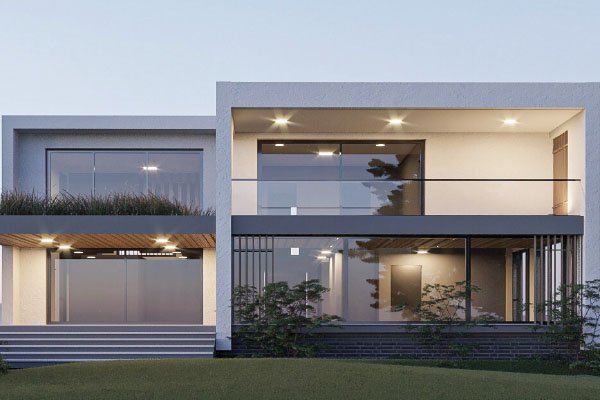2D Designing and 3D Visualization

2D Designing
2D designing is the process of creating and manipulating two-dimensional shapes and images using digital tools. 2D designers use software applications such as AutoCAD LT, SmartDraw, or Adobe Illustrator to draw lines, curves, polygons, and other geometric forms. 2D designing is used for various purposes, such as:
- Creating floor plans, elevations, and sections of buildings or structures
- Producing technical drawings and diagrams for engineering or manufacturing
- Designing logos, icons, illustrations, or graphics for websites or print media
- Making animations, cartoons, or video games
2D designing requires skills in geometry, spatial reasoning, and visual communication. 2D designers also need to be familiar with the principles of design, such as color, contrast, balance, and harmony. 2D designing can be a creative and rewarding career for those who enjoy working with shapes and images.

3D Visualization
3D visualization is the process of creating and displaying digital content using 3D software, resulting in time and cost savings, improved collaboration, and greater productivity across industries like architecture, engineering, marketing, and manufacturing. 3D visualization software allows professionals to create realistic 3D models, scenes, and animations that can be viewed on various devices, such as computers, mobile phones, or virtual reality headsets. 3D visualization software can also be used to render photorealistic images of 3D designs, which can help communicate ideas, test concepts, and showcase products. Some examples of 3D visualization software are Foyr Neo, Blender, SketchUp, Autodesk Software, and Unity. 3D visualization software can be used for various purposes, such as:
- Creating architectural and interior designs, floor plans, and walkthroughs
- Producing technical drawings and diagrams for engineering or manufacturing
- Designing logos, icons, illustrations, or graphics for websites or print media
- Making animations, cartoons, or video games
- Demonstrating and displaying products for marketing and e-commerce
3D visualization requires skills in geometry, spatial reasoning, and visual communication. 3D visualization software also requires knowledge of the principles of design, such as color, contrast, balance, and harmony. 3D visualization can be a creative and rewarding career for those who enjoy working with shapes and images.









